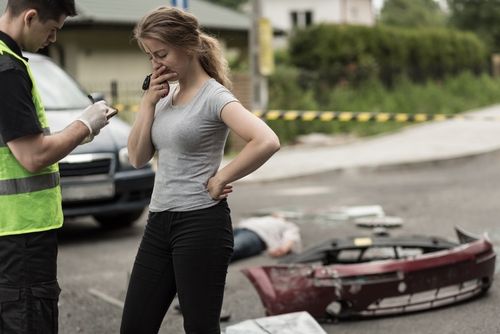
What Crash Information an Event Data Recorder Captures
Event data recorders within automobiles are similar to the black boxes used on airplanes. They record vital crash information that investigators can use to establish the cause of a motor vehicle accident. Recovering this data following a car crash in Colorado can help a plaintiff prove liability, corroborate eyewitness testimony, determine crash severity, and show the movement of energy through the vehicle.
Recording Crash Information
Event data recorders (EDR’s) are standard features on most new automobiles. However, it wasn’t until 2012 that the National Highway Traffic Safety Administration implemented rules standardizing data collection. Up to that point, manufacturers had broad discretion as to what information EDR’s recorded. Thus, data from an older vehicle may not be as useful as data gathered from a car produced after the rule went into effect.
Today, most EDR’s gather information on vehicle speed, braking, acceleration, air-bag deployment, and steering performance. Some gather additional information on road conditions, tire inflation, weather, engine performance, and other factors that can contribute to causing a motor vehicle accident. NHTSA rules require the EDR to measure crash forces, vehicle speed, accelerator position, braking, steering wheel angle, and stability control. The EDR must also record roll angle, front-seat position, occupant size, and the number of crashes, which is useful when multiple impacts occur.
Using EDR Crash Information in a Personal Injury Lawsuit
Colorado Revised Statutes allow for the collection and use of EDR data in a personal injury lawsuit. This information can be released following the owner’s written consent, a court order, during vehicle safety research, or as part of diagnosing, repairing, or servicing the vehicle. You can also request it as part of legal discovery.
Plaintiffs should note that EDR data is not considered conclusive proof of liability. Instead, it corroborates and supports other evidence. For instance, the data gathered by sensors shows that impact points on the vehicle body were sustained during the crash. Or that the driver applied brakes at a time and force that matches the location and length of skid marks on the road surface. When combined with physical evidence and eyewitness testimony, EDR data doesn’t win cases. Still, it can eliminate any doubt as to what happened and who is responsible when a motor vehicle accident occurs in Boulder.
If you’ve been injured in an accident, contact Sloat, Nicholson, & Hoover, P.C. at (303) 447-1144. Our expert team of attorneys, with the assistance of your vehicle’s event data recorder, can help you with your case.
Related Articles
Articles and information to keep you up to date on personal injury news.
Podcast Feature: Colorado Trial Lawyer Connection
John Duguay - Triumph through Client Connection In a recent episode of the Colorado Trial Lawyer Connection podcast, hosted by Keith Fuicelli, Boulder-based personal injury lawyer John Duguay
Read More
What Damages Are Recoverable from a Dog Bite?
If you've suffered a dog bite injury, you may wonder what damages you can recover. Typically, damages for a dog bite claim include economic and non-economic losses, and
Read More
What Happens When You Get Hit by a Drunk Driver in Colorado?
When hit by a drunk driver in Colorado, it's crucial to take immediate steps, including calling 911, seeking medical attention, and gathering evidence such as photos and witness
Read More
